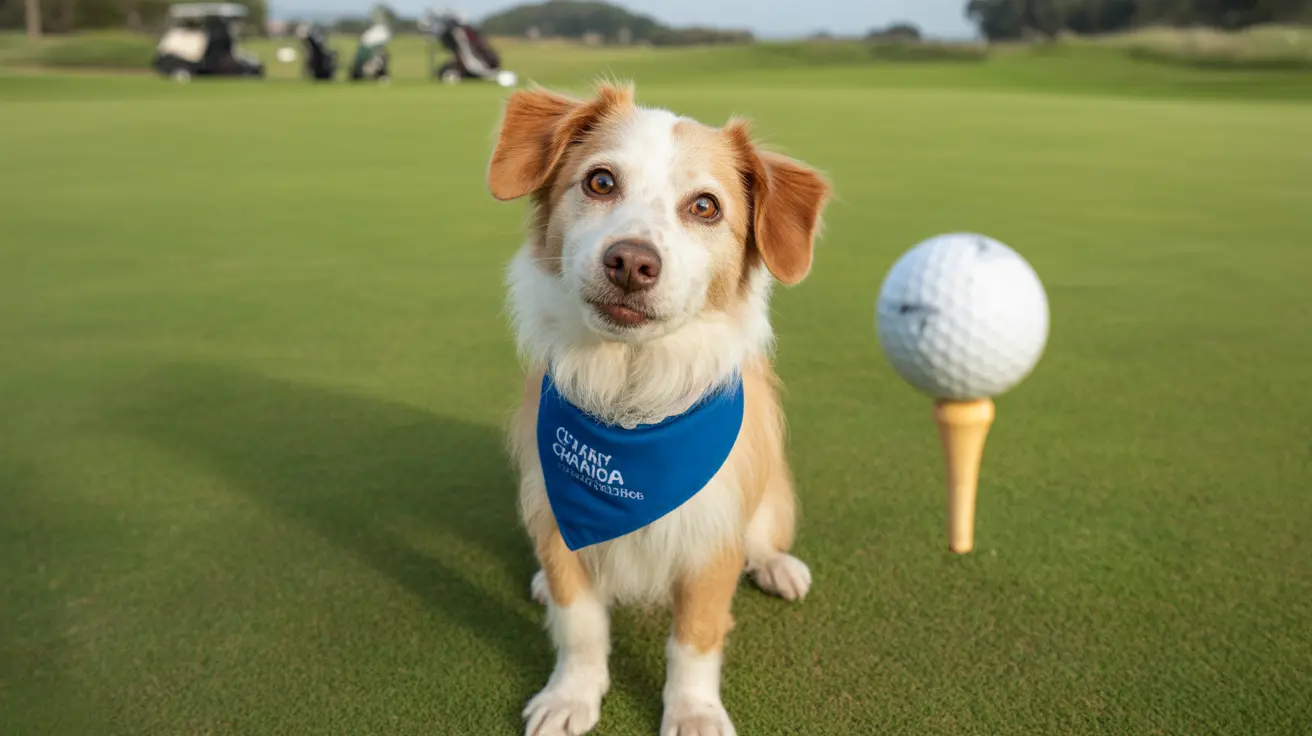What Is a Lick Granuloma?
A lick granuloma is a thick, raised skin lesion that develops when a dog repeatedly licks one specific spot, usually on their legs or paws. The constant licking breaks down the skin's protective barrier, leading to inflammation, infection, and a cycle of continued licking that makes the condition worse.
These lesions typically appear as red, raised areas that may be hairless, crusty, or oozing. The surrounding skin often becomes thickened and darker due to chronic inflammation and scarring.
Common Causes and Risk Factors
Several factors can trigger the development of lick granulomas:
Physical Causes
- Allergies (environmental or food-related)
- Arthritis or joint pain
- Skin infections
- Parasites
- Foreign bodies
Psychological Triggers
- Anxiety and stress
- Boredom
- Compulsive behavior
- Separation anxiety
- Environmental changes
Diagnosis and Treatment Approaches
Veterinarians typically diagnose lick granulomas through physical examination and medical history. They may recommend additional tests such as skin cultures, biopsies, or X-rays to identify underlying causes and rule out other conditions.
Medical Treatment Options
- Antibiotics for infection
- Anti-inflammatory medications
- Topical treatments
- Pain management medications
- Anti-anxiety medications when needed
Behavioral Interventions
- Increased exercise and mental stimulation
- Behavior modification training
- Environmental enrichment
- Stress reduction techniques
Prevention and Management
Preventing lick granulomas involves addressing both physical and psychological factors:
- Regular veterinary check-ups
- Prompt treatment of skin irritations
- Adequate exercise and mental stimulation
- Stress management
- Use of protective devices when necessary
Frequently Asked Questions
What causes acral lick granuloma in dogs and how can I identify it early?
Lick granulomas are caused by excessive licking due to physical or psychological triggers. Early signs include hair loss, redness, and persistent licking of one specific area, typically on the legs or paws.
How do veterinarians diagnose and treat lick granulomas in dogs effectively?
Veterinarians use physical examination, medical history, and possibly skin cultures or biopsies for diagnosis. Treatment typically involves a combination of medical therapy for infection and inflammation, along with behavioral modification to address underlying causes.
What medical and behavioral treatments are available to manage my dog's acral lick granuloma?
Treatment options include antibiotics, anti-inflammatory medications, topical treatments, and behavioral interventions such as increased exercise, mental stimulation, and anxiety management techniques.
How can I prevent my dog from worsening a lick granuloma while it heals?
Use protective devices like E-collars or protective sleeves, follow prescribed treatment plans, and address underlying behavioral issues through increased activity and environmental enrichment.
Why does my dog keep licking a spot on its leg and will it heal completely?
Persistent licking may indicate underlying physical discomfort or psychological stress. With proper treatment and management of underlying causes, most lick granulomas can heal, though some cases may require ongoing management to prevent recurrence.
Conclusion
While lick granulomas can be challenging to treat, understanding their causes and implementing a comprehensive treatment approach can help manage this condition effectively. Remember that early intervention and patience are key to successful treatment, and working closely with your veterinarian will give your dog the best chance at recovery.






